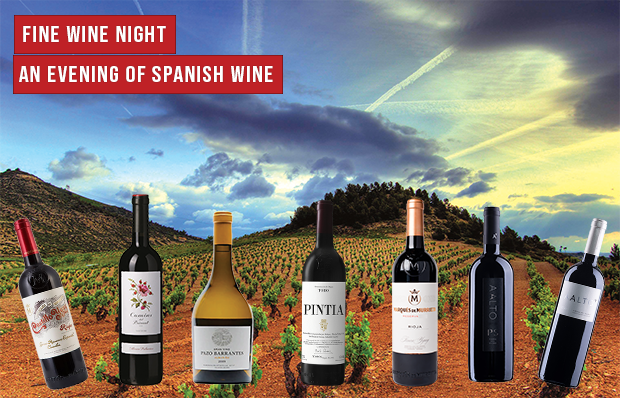MARQUES DE MURRIETA
Marqués de Murrieta is located in the famed Spanish region of Rioja. It is a unique single vineyard on a site known as Ygay. The history of this impressive property began around 1852 when Don Luciano de Murrieta acquired the vineyard. Like many, he had travelled to Bordeaux and acquired winemaking knowledge there before returning to Spain.
Armed with information on aging in oak, Luciano sidestepped Bordeaux methods to vinify in American oak and let the wines mature for much longer. Under his jurisdiction, Marqués de Murrieta set a milestone for Rioja, becoming its first commercial winery and shipping wine to Cuba and Mexico.
In 1872, Don Luciano was made a Marquis in recognition of his invaluable role in raising the quality and prestige of Rioja’s wines, and built his château, Castillo Ygay. In 1983, Vicente Cebrián-Sagarriga, Count of Creixell, took over the winery with his wife, Chus Suárez-Llanos. Today, Murrieta is run by their children Vicente Dalmau Cebrián-Sagarriga and Cristina Cebrián-Sagarriga.
All of the wines from Marqués de Murrieta are made from the 300 hectares of vineyards that form one continuous vineyard around the Castillo. Situated at an altitude of 320-483 metres, it is a beautiful and unique property, most of the region around it consisting of various small parcels planted on a variety of different sites. The reds are based around Tempranillo, with smaller amounts of Graciano, Mazuelo and Garnacha. Capellania is their white wine, made from the Viura grape.
Marqués de Murrieta’s top cuvée is Castillo Ygay. A Gran Reserva produced only in the finest years, it is a consistent 100-point scorer that sits comfortably at the table with the world’s finest expressions. While the Castillo Ygay carries a premium price tag, when you compare it to the others at said table, the relativity should see you diving in boots and all. Allocated the world over, securing these wines is the increasing challenge, and we’re lucky to see them here in New Zealand.
The property and castle have been systematically restored since 2014, Now reopened, the result is breathtaking. The buildings have all been created the way they were originally: from stone, hand cut and lifted into place brick by brick.


 100/100
100/100 92/100
92/100  93/100
93/100 94/100
94/100 95/100
95/100 96/100
96/100 97/100
97/100 98/100
98/100 99/100
99/100